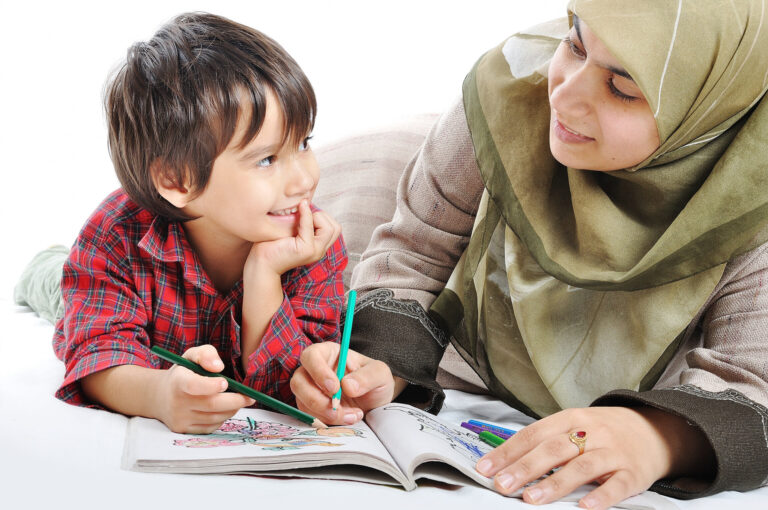Both Sweden and Finland have education systems promoting equity and equality. However, recent societal and political changes linked to increased immigration have created new challenges in efforts to support linguistic diversity. This paper aims to explore how multilingualism is represented in the national compulsory school curricula in the two contexts, using the language orientation framework: language as problem, right, or resource. The analysis reveals differences. In Finland, an explicit discourse on multilingual education exists, with an aim of integrating multilingual perspectives into the whole curriculum. In Sweden, however, the discourse is less explicit; and multilingualism as a concept is limited to minority language students. Considering language orientations in the two curricula affords an understanding of the spaces for multilingual education that are key to our possibilities as educators to promote linguistic diversity and social justice in the schools of today’s global societies.
Connect with us :






